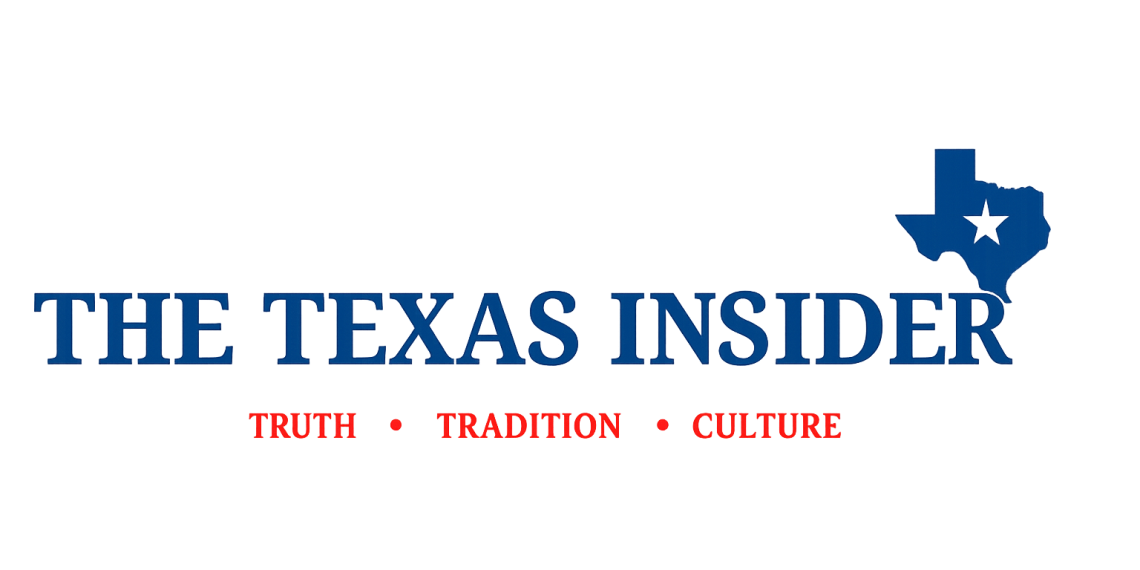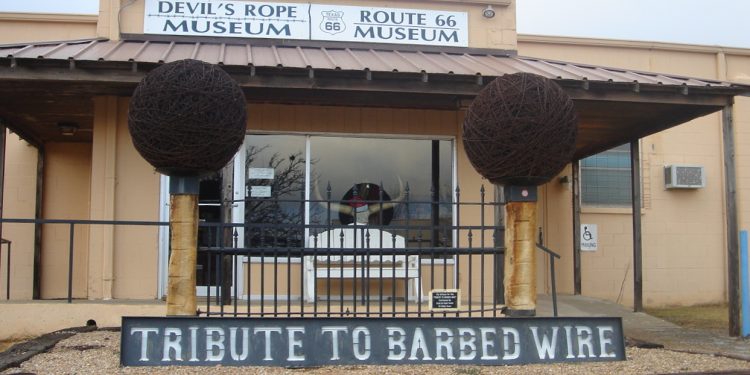MCLEAN — “[Devil’s Rope] That’s what the Indians called barbed wire because it tore up the men, the cows and horses,” said Charla Smith in an interview with renowned Texas broadcaster Bob Lewis. Smith had already worked at the Devil’s Rope Barbed Wire Museum for four years.
Delbert Trew, founder of the Devil’s Rope Museum and barbed wire expert, gave another explanation to the Texas Highways magazine about the meaning behind “Devil’s Rope.”
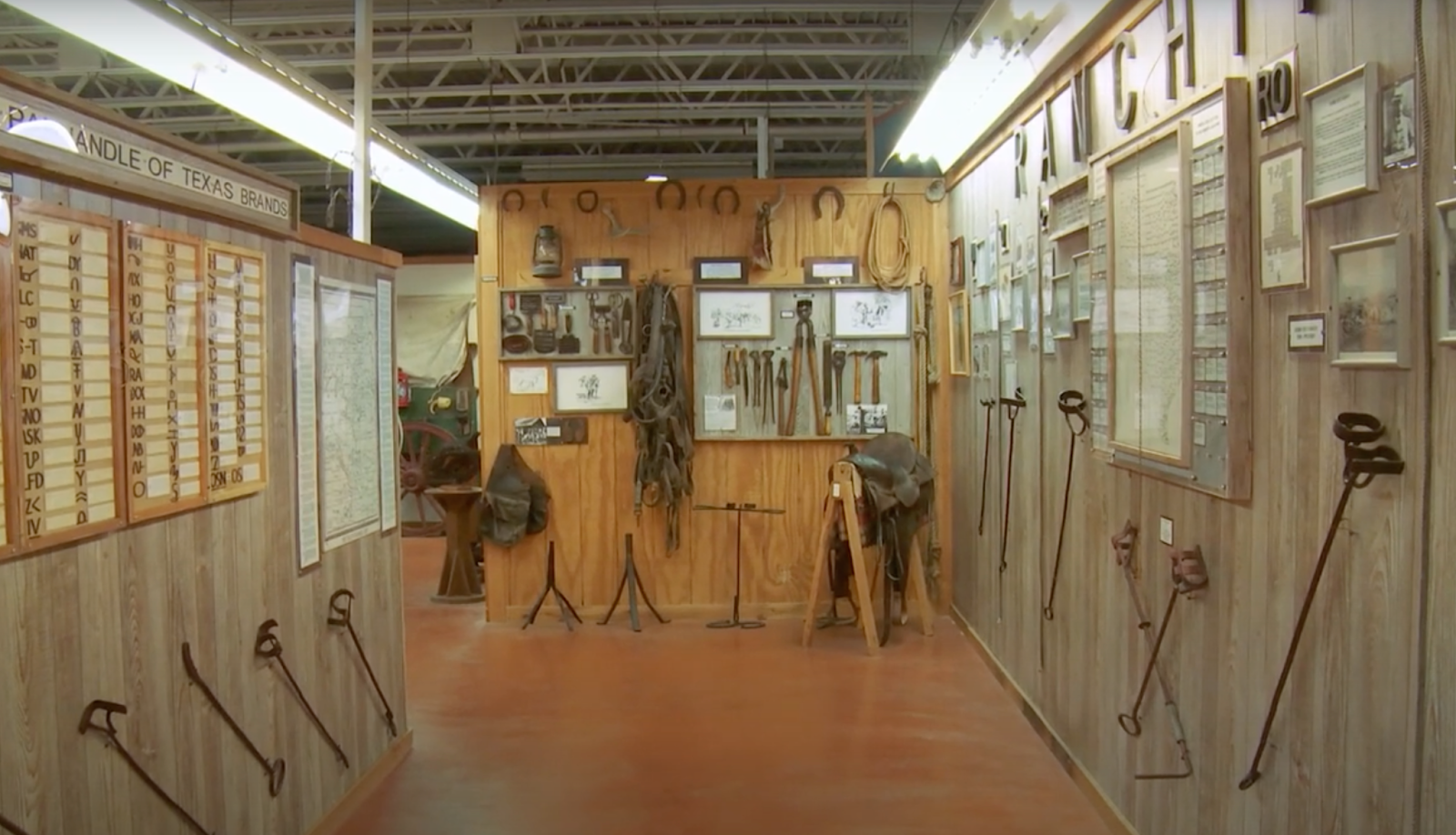
“When barbed wire was first used, it was very vicious and caused numerous injuries to cattle, horses, and even people. Religious groups called it the work of the devil, and thus it became known as the Devil’s Rope.”
Barbed wire was invented in the 1870s as a tool for ranchers and farmers to deter wandering animals or control cattle. Barbed wire fences were said to have reshaped the American West. Over time, barbed wire was perfected so that the spikes would turn and not injure the animal, keeping them safe in their territory.
“The significance of barbed wire is that it’s a boundary,” Trew said. “It’s how we mark our land and set our lines—this is mine, that’s yours.”
Delbert Trew and his wife, Ruth, founded the Devil’s Rope Museum in 1991. Now in their nineties, thecouple passed the business on to their son Mike Oldham.
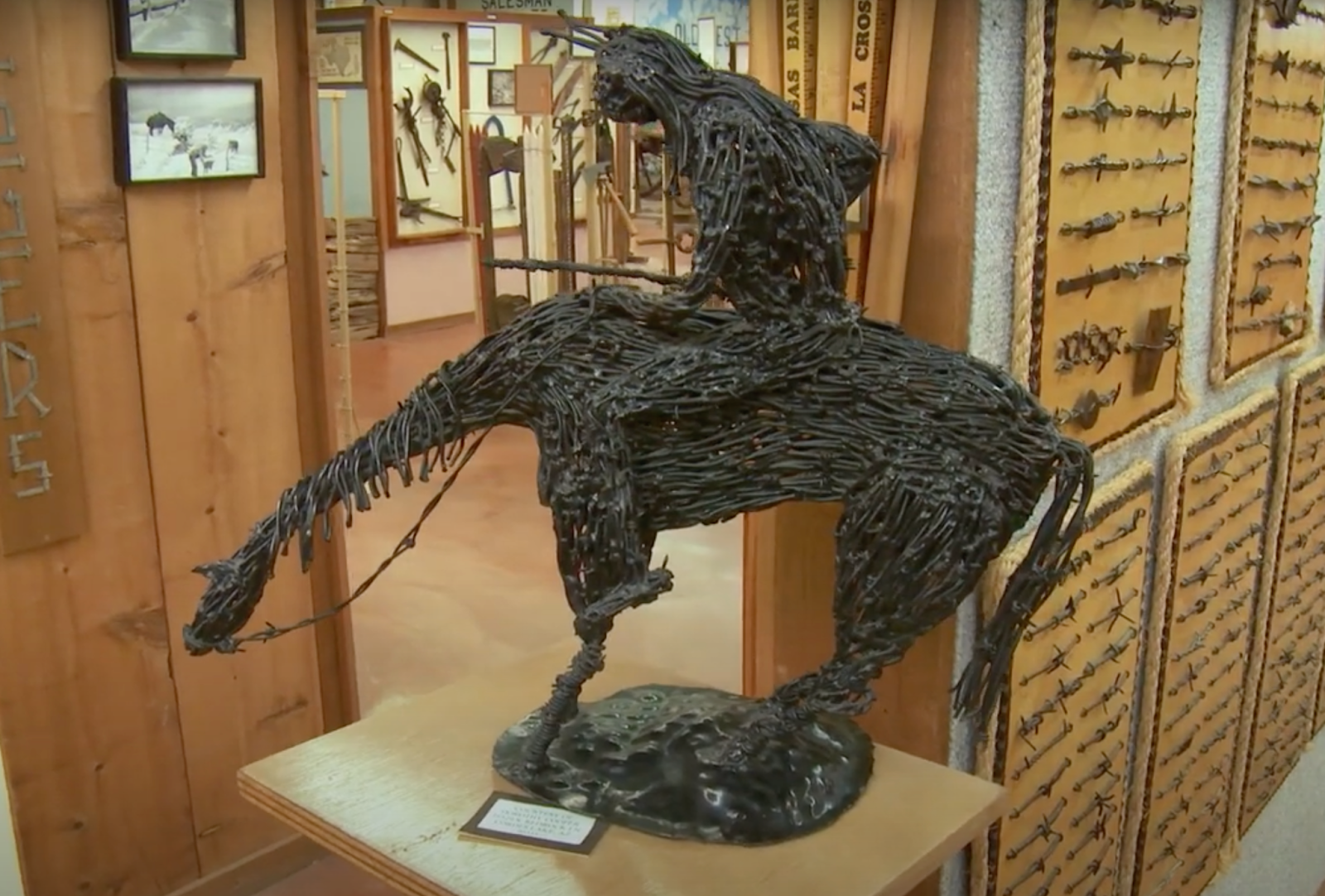
The Devil’s Rope Museum in McLean, Texas houses over 2,000 types of barbed wire. According to Trew, around 800 types of barbed wire displayed are patented by the U.S. government, while the rest are off the wall and being perfected into new versions by other cowboys.
The museum is filled with displays of barbed wire, some donated and others gathered from other institutions. Barbed wire artwork and sculptures also line the hall, showcasing the wire’s unique history and artistry.
The Texas Route 66 Museum
The Route 66 Museum shares the same building with Devil’s Rope. Trew said most visitors come for the Route 66 Museum because it sits along the iconic Mother Road that once connected Chicago to Los Angeles. It was once celebrated as a legendary highway but was later replaced by Interstate 40 in the 1980s.
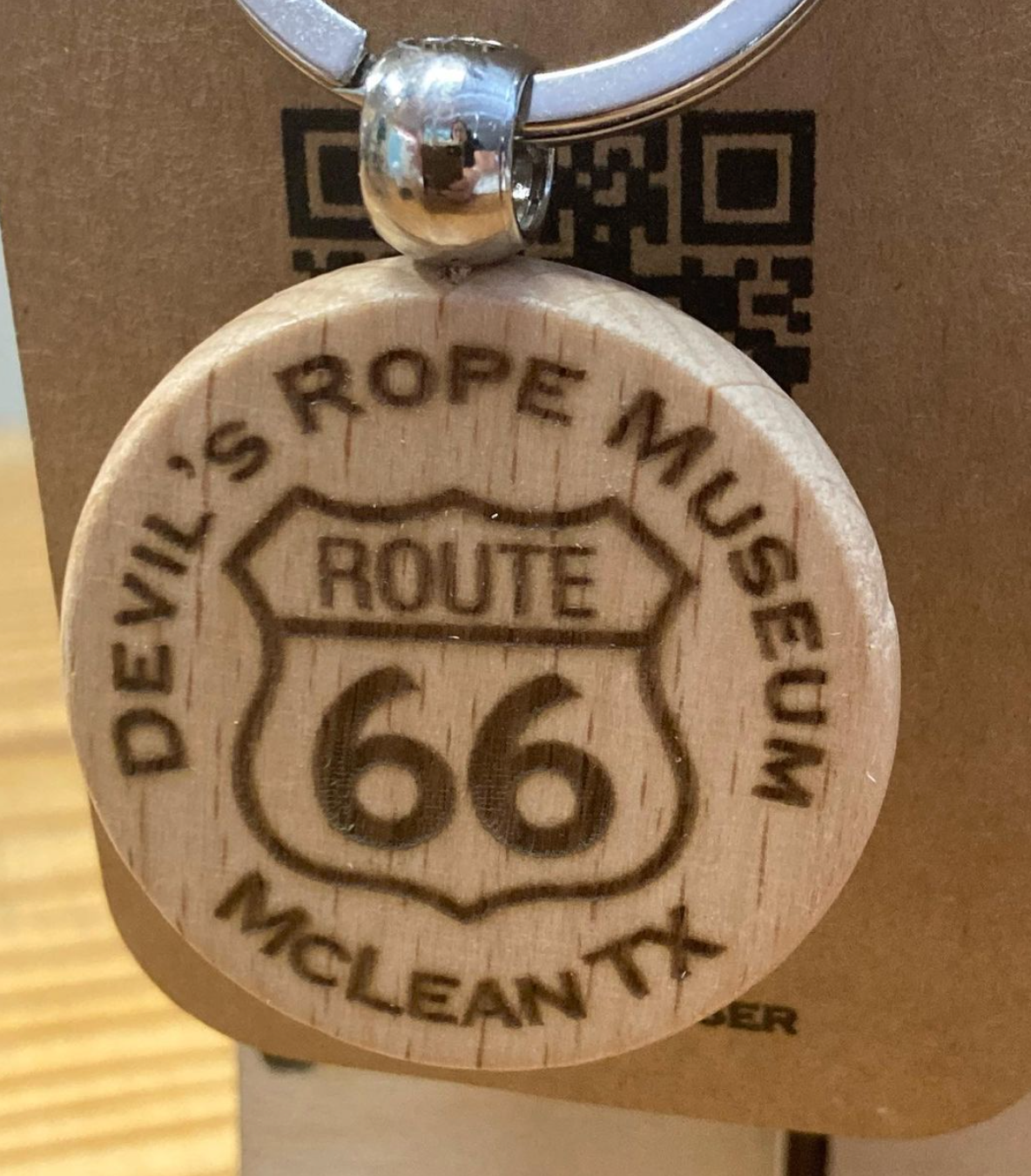
According to the Texas Highways, the Route 66 exhibit rooms are filled with vintage signs and memorabilia, including the original life-size fiberglass steer that once stood proudly in front of the Big Texan Steak Ranch in Amarillo. Another eye-catching artifact is a 10-foot-long tin snake, poised to strike, which once lured travelers off the road with the “RATTLESNAKES–EXIT NOW” sign.
Trew explained that the invention of barbed wire helped make Route 66 possible. It kept cattle from wandering onto the road, allowing drivers to travel more safely.
